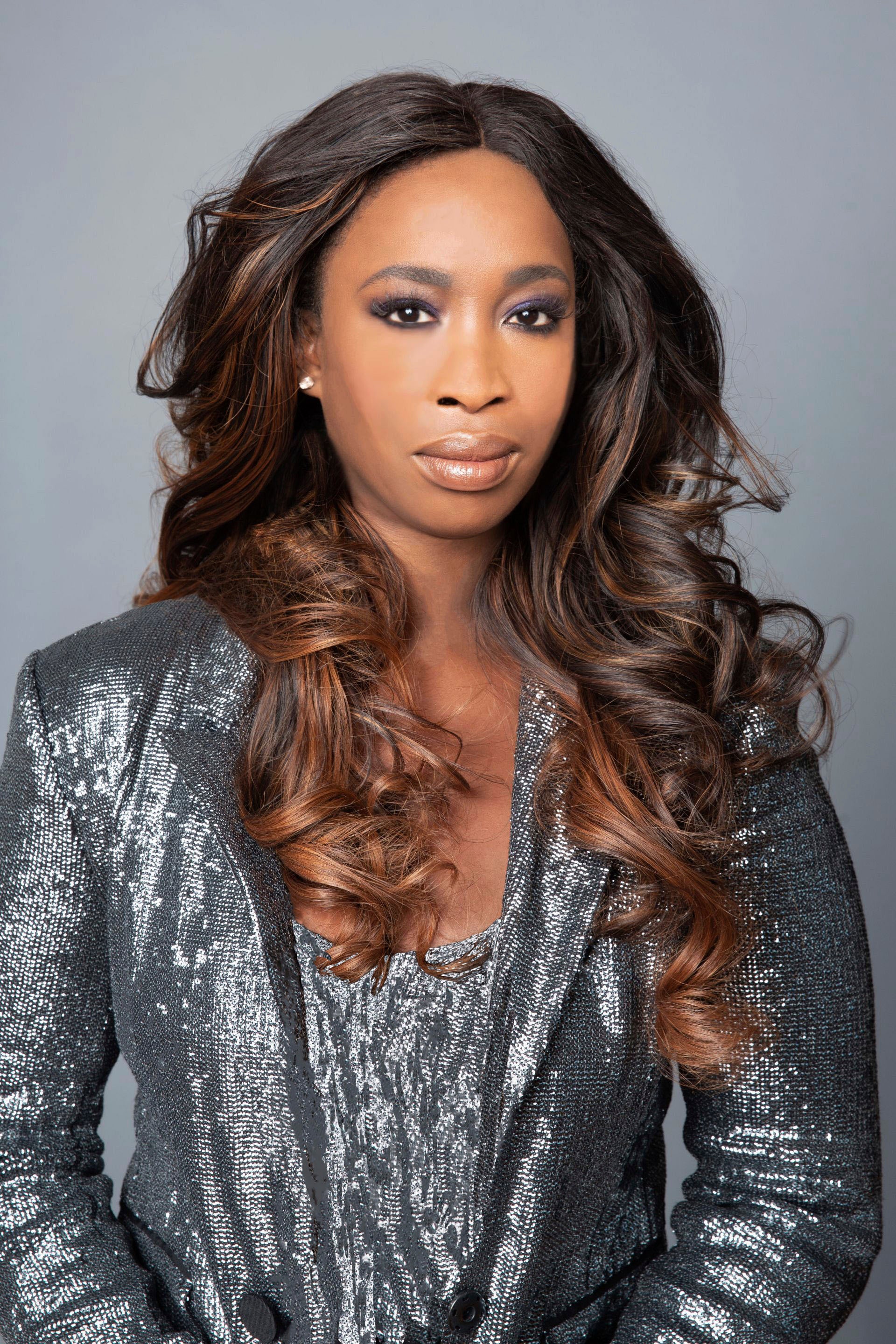Insider Q&A: Google's Annie Jean-Baptiste on inclusion
As the head of product inclusion at Google, Annie Jean-Baptiste works to help ensure that the company’s products -- from photos to search to everything else -- are built with everyone in mind

Your support helps us to tell the story
From reproductive rights to climate change to Big Tech, The Independent is on the ground when the story is developing. Whether it's investigating the financials of Elon Musk's pro-Trump PAC or producing our latest documentary, 'The A Word', which shines a light on the American women fighting for reproductive rights, we know how important it is to parse out the facts from the messaging.
At such a critical moment in US history, we need reporters on the ground. Your donation allows us to keep sending journalists to speak to both sides of the story.
The Independent is trusted by Americans across the entire political spectrum. And unlike many other quality news outlets, we choose not to lock Americans out of our reporting and analysis with paywalls. We believe quality journalism should be available to everyone, paid for by those who can afford it.
Your support makes all the difference.As the head of product inclusion at Google Annie Jean-Baptiste works to help ensure that the company’s products -- from photos to search to everything else -- are built with everyone in mind, including women, underrepresented minorities and people of different ages, abilities, geographic locations and economic status Her new book, “Building For Everyone,” offers advice to other companies on inclusive design practices.
Jean-Baptiste spoke to The Associated Press recently about her work. The questions and answers have been edited for length and clarity.
QUESTION: Can you tell me about your work?
ANSWER: We started product inclusion as what we call a 20% project, which means we get to spend 20% of our time doing something that we’re passionate about, even if it’s not our role. And the goal of product inclusion is just to make sure that we’re really building products for the world. We know that we’re designing for people who come from different places, different races, economic status and more. What’s most exciting is to make sure that we’re showing up for all of our users in the moments that matter most for them and making sure that teams understand that innovation comes from having multiple perspectives at the table and making sure that historically underrepresented perspectives are at the table.
Q: How do you do this when those people are not at the table? Tech companies, including Google, have still have a long way to go with diversity.
A: First, it’s really important to have a shared language and education. So we spent half a year educating our technical Googlers around what inclusive product design means. And we have had 12,000 technical Googlers go through that training. The second thing is to be really intentional and proactive about what point in the process we need to bring that inclusive lens in.
One of those places is in user testing. We’ve brought together 2,000 Googlers from historically underrepresented backgrounds across multiple dimensions of diversity to help us test our product. With Google Assistant, for example, we did “adversarial testing” to essentially break the product right before it launched. So we just got stuff out, anything that was alienating, but also proactively brought in the experiences of our underrepresented Googlers. So when you ask it different things about cultural moments, it will represent those communities.
Q: How can Google and other companies make sure that this work is not solely being put on the shoulders of black employees and members of underrepresented minorities?
A: We all have to have a part in this work. The biggest way we we’ve been able to do that is to make sure that it’s not just our inclusion champions who are driving this work. So we are educating product managers, engineers, marketers, etc. and everyone has a role to play in it. It doesn’t just live within one team. It also doesn’t live just within people who have been historically underrepresented. It’s all of our responsibility.
Q: How do you how do you do pushback to these efforts, both from within and outside of the company?
A: What we try to do is help them understand that this isn’t just mitigation of potentially insensitive work but it is also a ton of opportunity. So when you look at the underrepresented groups, there are 1 billion people in the world with a disability. The U.S. Black population has one-fourth of the purchasing power. So it’s really important that we bust the misconception that underrepresented groups don’t necessarily have power because that’s not true.